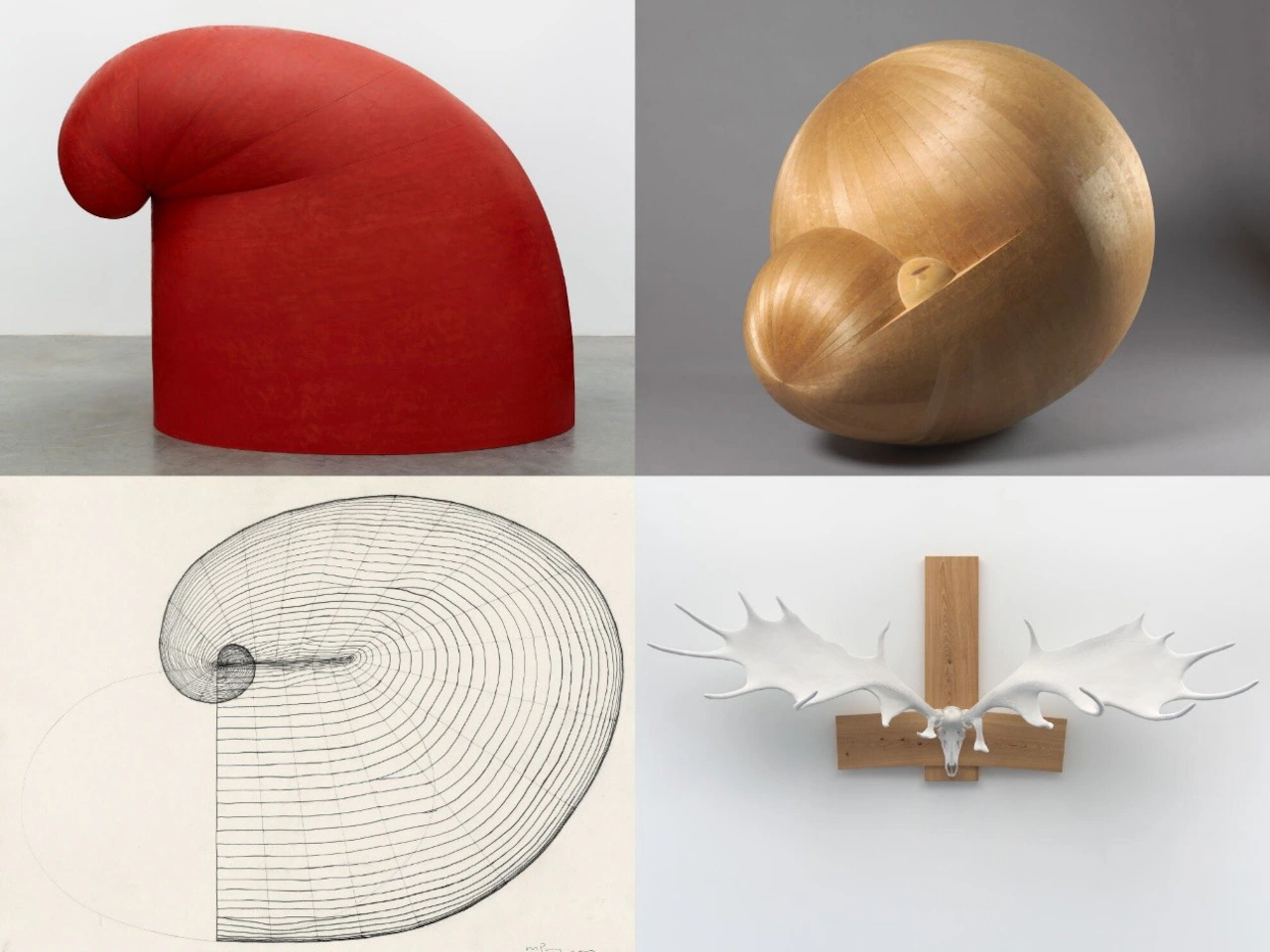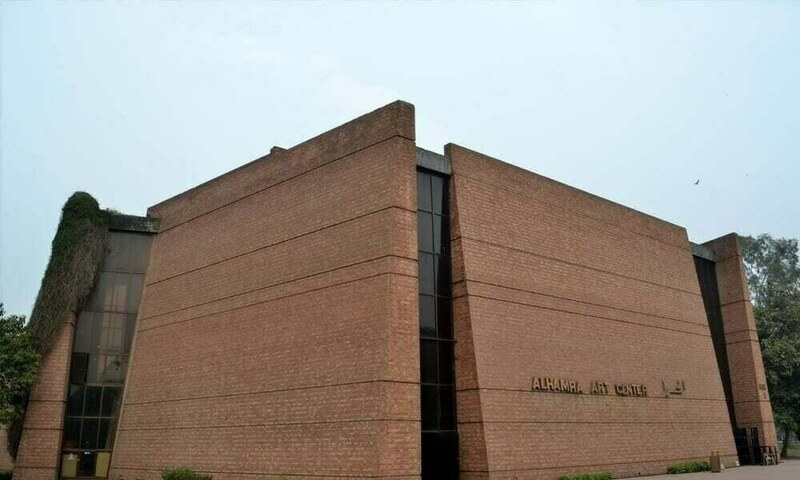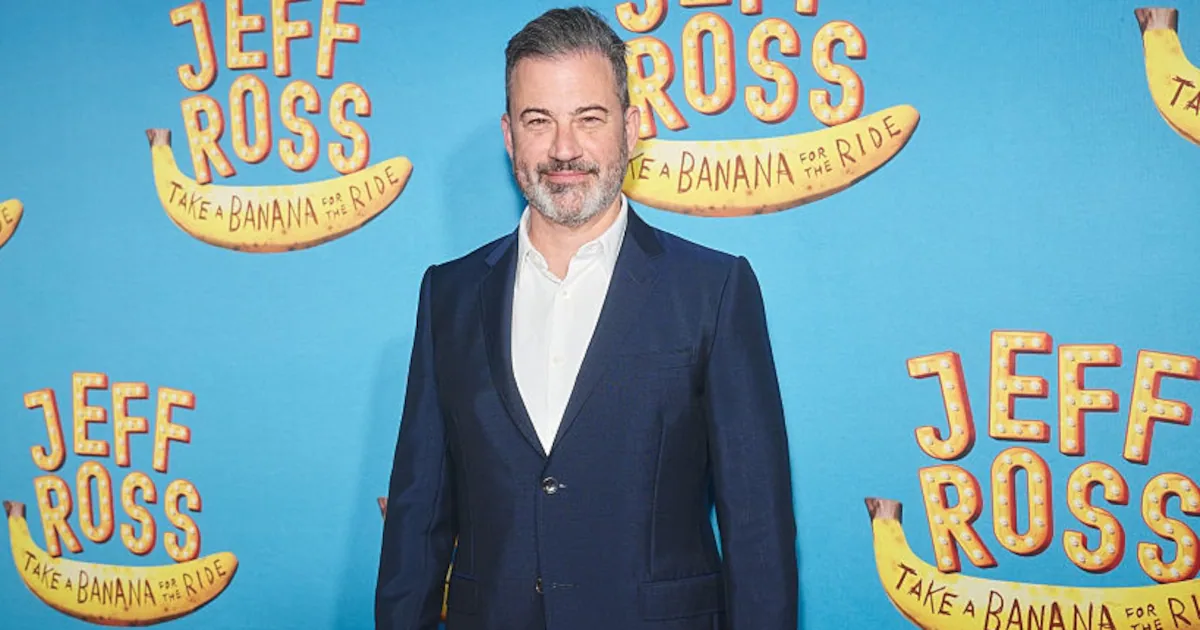
CLEVELAND, Ohio — For Cleveland art lovers, next spring brings one of the most ambitious and important exhibitions to hit the city yet.
“Martin Puryear: Nexus,” a career-spanning survey of one of America’s greatest living sculptors arrives at the Cleveland Museum of Art (CMA) on April 12, 2026, and runs through Aug. 9.
Stories by Peter Chakerian
Soccer Mommy at Globe Iron: A night of quiet confession and catharsis (photos)
Smucker’s takes their ‘Classic CLE’ status to a whole new level
5 Takeaways from our chat with Max Stern of CLE-rooted band Signals Midwest
National Quesadilla Day 2025: 26 Best chain quesadillas, ranked
For nearly two decades, there hasn’t been a show of this scope devoted to Puryear, and the fact that Cleveland is one of only three stops for it underscores its significance.
CMA and the Museum of Fine Arts, Boston, co-organized the exhibition and each will host it. “Nexus” will also travel to the High Museum of Art in Atlanta.
Puryear, born in Washington, D.C. in 1941, has built a reputation as a master craftsman and a quiet revolutionary. His sculptures don’t shout; they hum with precision, depth and mystery.
They draw from African American history, global craft traditions, natural science and centuries of cultural exchange.
Puryear has studied wood carving and boatbuilding, drawn on the symbolic power of revolutionary headgear and falcon portraiture and shaped his work through a lifetime of travel and inquiry.
Cleveland’s presentation will give audiences a chance to see roughly 50 of his works together, spanning more than 60 years of creative output.
The show’s title, “Nexus,” feels especially apt.
Puryear’s practice has always been about connections—between form and meaning, between history and the present, between cultures that might seem far apart but share a throughline of ingenuity and survival.
What’s more, Puryear’s themes resonate with Cleveland’s own history of craft, industry and resilience.
The CMA, with its encyclopedic collection ranging from antiquity to today, is a fitting place to see those connections play out.
Among the highlights coming to Cleveland: “Self” (1978), an iconic hollow form that suggests monumentality and fragility all at once; “Night and Day” (1984), with its dramatic interplay of black and white in a semicircular arch; and “On the Tundra” (1986), an iron sculpture inspired by a 17th-century Mughal painting of a falcon.
Other works carry explicit historical weight: “Big Phrygian” (2010–14), a towering red cap that transforms a symbol of emancipation and resistance into sculptural form. There’s also “A Column for Sally Hemings” (2021), which directly addresses the legacy of slavery at Thomas Jefferson’s Monticello.
One of the advantages of Cleveland’s stop on the tour is the added context. Alongside the sculptures, visitors will see film documentation of “Lookout” (2023), Puryear’s monumental commission for Storm King Art Center, as well as prints and drawings that expand the sense of his practice.
It’s not just about finished objects, but about the way ideas are carried across time, scaled up, reshaped and brought into public space.
This exhibition is another huge win for the CMA in a long list of many lately. It’s also a big cultural moment for the city. Clevelanders have seen big-name retrospectives before—modern masters, international sensations—but Puryear’s presence feels different.
His work doesn’t rely on spectacle or celebrity in the way that the blockbuster Takashi Murakami’s “Stepping on the Tail of a Rainbow” did. Instead, it invites close looking, patient attention and reflection.
In a city known for its grit, craft traditions and industrial backbone, his blend of handwork and intellectual rigor will feel right at home.
The CMA is also producing the exhibition catalogue, a richly illustrated book distributed by Yale University Press. It will feature essays from scholars and responses from leading contemporary artists and thinkers like Maya Lin and Kerry James Marshall, voices that situate Puryear’s work in broader conversations about art, history and identity.
That Cleveland gets to be the origin point of this catalog speaks volumes about the museum’s role in shaping how Puryear’s legacy is framed for years to come.
Puryear himself has long resisted being boxed in by labels —modernist, minimalist, even “African American.” That’s because he is all and none of these things.
His sculptures occupy a space where categories collapse, and where meaning isn’t handed down but slowly discovered.
As Puryear himself once put it, there are multiple levels at which his work can be approached, and he thrills in knowing that someone can encounter it without any prior knowledge and still find something resonant.
When “Martin Puryear: Nexus” opens in Cleveland next April, it won’t just be an art exhibition. It will be a conversation about history, beauty, craft and survival.
It will also be a chance for the city to see itself reflected in the patient labor of an artist who has spent a lifetime shaping raw materials into something timeless, profound and urgent.



